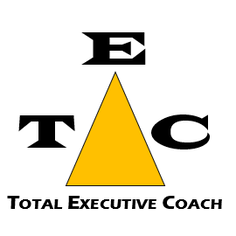Leadership Solutions Blog
|
To schedule a private and confidential Coaching appointment,
Click Here for the appointment scheduler
Coaching appointments are available by phone or secure video.
© 2018 TotalExecutiveCoach.com All Rights Reserved
Click Here for the appointment scheduler
Coaching appointments are available by phone or secure video.
© 2018 TotalExecutiveCoach.com All Rights Reserved
 RSS Feed
RSS Feed
